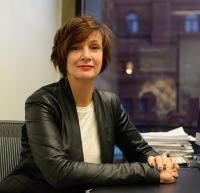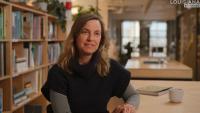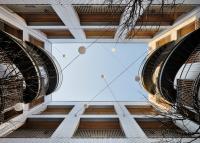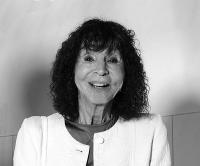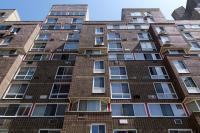TechnoCampus Berlin
Berlin, Germany
The approx. 51,300 sqm site at Siemensdamm 59-62 forms the eastern boundary of Siemensstadt. The Wernerwerk XV, which is under monumental protection, is located on the property. Built according to designs by Hans C. Hertlein in 1924/25, the former factory for transmission systems was redesigned in several construction phases and extended by further building sections by 1942. Consisting of four five- to ten-storey cubically arranged building sections, the complex was renovated in 2009 and has since been used by numerous companies from a wide range of industries.
The TechnoCampus Berlin was created as a balanced ensemble of historic buildings and new constructions that pay tribute to the tradition of the location in their tranquillity, self-evidence, in their quality of craftsmanship and generous sequences of rooms. The existing complex was juxtaposed with a similarly closed, urban figure: an angular building with seven storeys (BT1) and another including a three-storey extension (BT2). This created two courtyards with generous green spaces that further emphasise the campus character of the project.
Masonry, architectural concrete and metal create atmospheric, technical-looking details that also support the creation of flexible, contemporary and spacious working environments in terms of both design and function. As a reference to the structure and materiality of the façades of the historic existing buildings, the new office buildings are executed in a matt, pastel-coloured clinker brickwork with an iridescent colour pattern and are characterised by a clear window and extension grid. In addition, storey-by-storey cornices as well as flanges and pilaster strips define the façade and highlight both the window openings and the entrances within the two-storey façade on the ground floor. A contact connected to the room controller is mounted in the windows and allows the ventilation/air conditioning to be regulated and switched off when the window is open. In addition, there is external sun protection on the east, south and west sides.
In addition to office units, the ground floor of both building sections also houses catering facilities with outdoor terraces as well as rooms for sports activities. The upper levels are intended for office and administrative use and are divided into independent units to meet flexible requirements. The green roof terraces were made accessible through openable skylights as exits from the stairwells. Underneath the campus courtyard formed by the angular structure (BT1) is an underground car park with 177 parking spaces, 12 of which are barrier-free and 30 with electric charging stations. In the south-eastern corner of the site is a two-storey parking deck with a further 186 parking spaces.
The public outdoor facilities and the rental areas were designed to be barrier-free.
The project received a DGNB Platinum certification.
- Architects
- TCHOBAN VOSS Architekten
- Location
- Siemensdamm 59, 13627 Berlin, Germany
- Year
- 2022
- Client
- CCP II TCB GmbH
- Team
- Axel Binder, Dirk Kollendt, Lev Chestakov, Valeria Kashirina, Birgit Köder, Giorgi Mjavanadze, Virginie Mommens, Aristea Mylopoulou, Marc L. Ruiz, Evgenia Sulaberidze
- General contractor
- PORR GmbH & Co. KGaA, Berlin
- Project management
- GFP Deubner GmbH, Berlin
- Structural engineering (Service stages 2 - parts of 4)
- BuP. Boll Beraten und Planen Ingenieurgesellschaft mbH & Co. KG, Stuttgart
- Structural engineering (from Service stage 5)
- Hoch- und Tiefbau- Planung Schroeder (HTPS), Berlin
- Building equipment
- PIN - Planende Ingenieure GmbH, Berlin
- Landscape planning
- KreTa - Kretschmer Tauscher Landschaftsarchitekten Partnergesellschaft mbB, Berlin
- Fire protection
- Krebs + Kiefer Ingenieure GmbH, Berlin
- Sustainability consulting and DGNB certification
- PORR Design & Engineering Deutschland GmbH, Berlin
- Façade planning
- Ingenieurbuero Franke, Glienicke
- Clinker façade
- Klinker- und Keramikwerke A. Berentelg und Co. KG, Recke
- Architectural concrete
- R. Bayer Betonsteinwerk GmbH, Blaubeuren
- Window profiles
- Schueco International KG, Bielefeld
- Sun protection
- WAREMA Renkhoff SE, Marktheidenfeld
- Photographer
- Stefan Mueller










